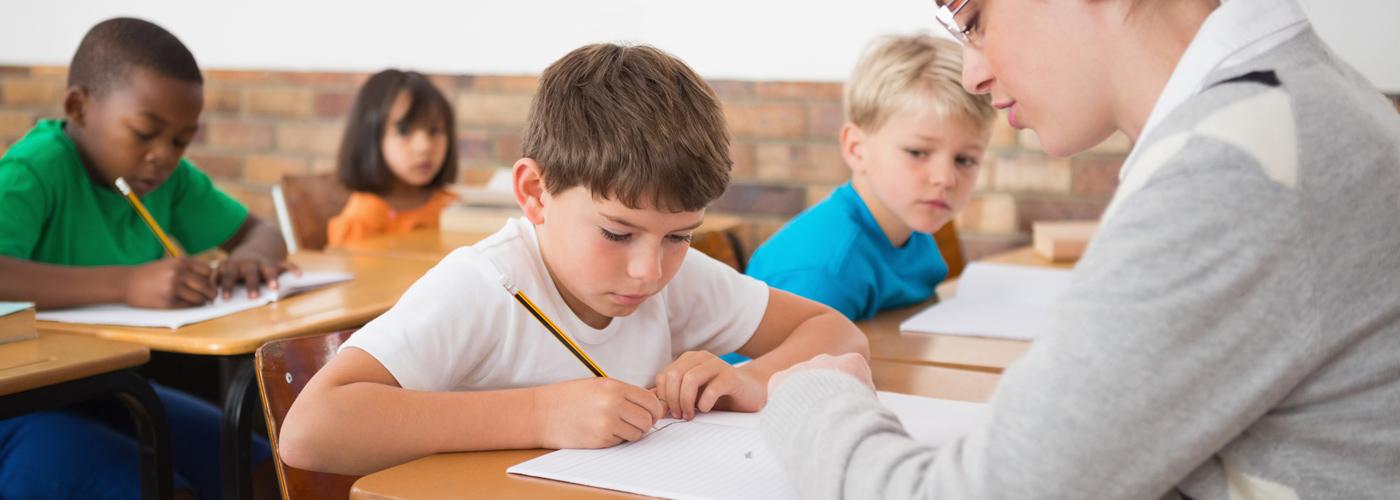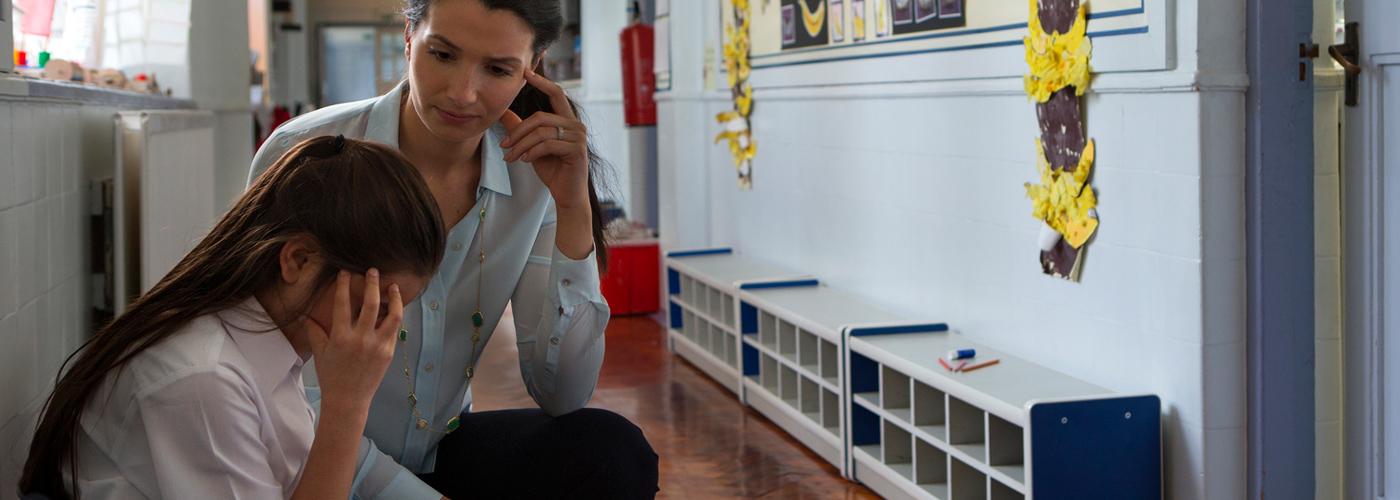Search Results for Special%20Education
Caring for a Child with ASD: Beyond Isolation and Confinement
Written By: Amanda Ronan | Resource Creation By: Keli McNeill | Design By: Sunny DiMartino, Christy Bui, Nathan Lueth
Parents with children on the Autism Spectrum often feel isolated from their community. Very often good friends and even close family members stop visiting the home, inviting the family out or calling and checking in. On top of what parents are dealing with in order to get the right diagnosis and treatment plans for their child, parents feel confined to their homes and alone in their journey.
Helping Students Follow Classroom Expectations and Rules with Collaborative Problem Solving
Written By: Amanda Ronan | Resource Creation By: Bridget Morton | Design By: Sunny DiMartino
Collaborative Problem Solving (CPS) is an effective alternative to delivering negative consequences to students who aren’t consistently following basic classroom rules and expectations. A relationship-based, nonconfrontational approach, CPS helps teachers and students work together to understand everyone’s concerns, then arrive at a mutually beneficial solution.
The Sometimes Long and Winding Road to an Individualized Education Program
Written By Geoff Campbell | Resource Creation By Bridget Morton | Design By Sunny DiMartino
Maintaining an open line of communication with parents is important and often difficult, even in the best of circumstances. This is especially true when a struggling student is being evaluated for a possible disability—and an IEP—and a teacher’s continued updates throughout the process can provide worried parents with much-needed reassurance.
When Children with Special Needs Have Siblings
Written By: Geoff Campbell | Resource Creation By: Bridget Morton | Design By: Sunny DiMartino
Parents may often feel
challenged when raising a child with special needs. But when there are other
children in the family and that special-needs child has a sibling, parents often
feel even greater stress when trying to give both children the time, support,
and attention they need.
Returning to Safety: Understanding and Reducing Self-Injurious Behavior
Written By: Julie Wallach | Resource Creation By: Bridget Morton | Design By: Sunny DiMartino
A seven-year-old girl's increasingly extreme self-injurious behavior requires understanding, thoughtful solutions, and careful planning. After a very challenging period of time, Lyla* receives the adult understanding, special education, and therapeutic care she needs to keep herself safe from her own harm.
When Helping Can Hurt: Parent Enabling of Children with Special Needs
Written By: Agata Antonow | Resource Creation By: Bridget Morton | Design By: Sunny DiMartino
All parents want to help their children, and that can be especially true of parents who have children with special needs. Unfortunately, doing too much for your child may mean that they don’t learn some of the basic life skills they’ll need later in life.
Tracking the Clues: Using Functional Behavioral Assessment to Help Kids with Special Needs
Written By: Agata Antonow | Resource Creation By: Bridget Morton | Design By: Sunny DiMartino
Sometimes, children with special needs exhibit behaviors that seem random and are difficult to understand, leaving parents with the difficult task of figuring out what they mean and how to respond. In these situations, a set of tools known as Functional Behavioral Assessment (FBA) can help. Many parents have not heard of FBA, but counselors and therapists use this approach to systematically gather specific data about behaviors and decide on the appropriate intervention. FBA strategies can also be used in the home by parents struggling to understand specific behavior problems—and how to address them.
Binders and Breakdowns: A Mother’s Introduction to the Individualized Education Plan Process
Written By: Julie Wallach | Resource Creation By: Bridget Morton | Design By: Christy Bui
An Individualized Education Plan takes time to create and implement, often requiring a year or more of testing, meetings, and decision-making to determine appropriate educational instruction and supports for a student with special needs. When Angie digs into the process, she learns more about education than she ever thought possible, and wades through bureaucracy, advocating for her son.
Scaling Emotional Hurdles in the Classroom with Emotional Scaling
Written By: Geoff Campbell | Resource Creation By: Bridget Morton | Design By: Christy Bui, Sunny DiMartino
Some children have difficulty understanding their emotions, which can sometimes lead to class-disrupting episodes of anger. By working closely with students and using strategies like emotional scaling, teachers and educators can help students better understand emotions, changes in intensity, and coping strategies, which often leads to increased self-control in the classroom.
Swing Low, Swing High: Parents Moving into Emotional Scaling for their Daughter
Written By: Nancy Yeang | Resource Creation By: Bridget Morton | Design By: Christy Bui, Sunny DiMartino
Parents of children with Reactive Attachment Disorder (RAD) and other trauma and stressor-related disorders try many techniques to mitigate the problems with emotion regulation and aggressive behavior. Emotional scaling can help children with RAD to better understand their emotional experience in order to regulate their emotions and behavior before experiencing outbursts of agitation and aggression.
Through His Eyes: Natural and Logical Consequences at Home
Written By: Nancy Yeang | Resource Creation By: Bridget Morton | Design By: Sunny DiMartino
A father struggles with having his son, who has behavioral issues, understand the consequences of his actions. After a visit with a behavioral counselor, he learns about behavioral strategies, and also finds a window into his son’s world that allows him to better see and understand his perspective.
Collaborative Problem Solving: Parents and Children Working Together to Solve Everyday Problems in the Home
Written By: Rebecca Thomas | Resource Creation By: Bridget Morton | Design By: Sunny DiMartino
Parents may often grow frustrated when their child with an Autism Spectrum Disorder becomes increasingly defiant over a necessary daily task, such as teeth brushing, bathing, or getting out of bed in the morning. Before frustration reaches a boiling point, or resorting to punishment, parents can work together with their child to understand and express each other’s concerns and come up with a solution that works for everyone involved.